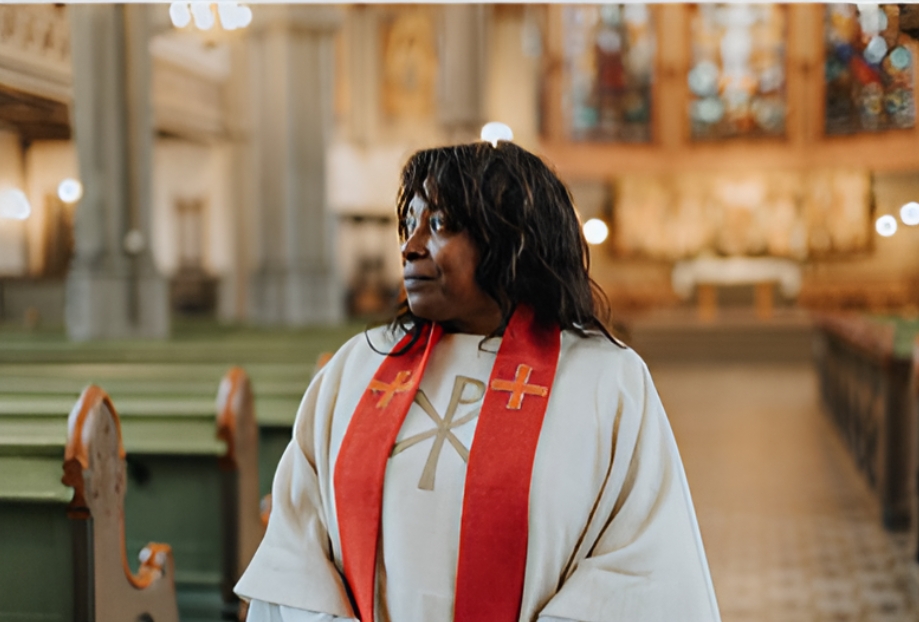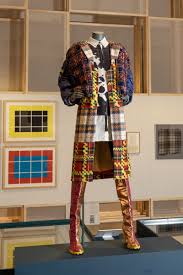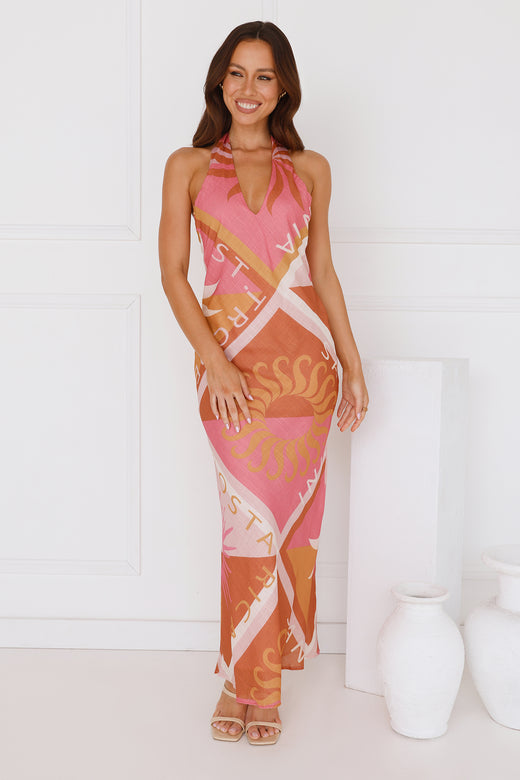Ever wondered how long women’s clergy robes are expected to be worn? Understanding the expected wear time for women’s clergy robes is essential for maintaining comfort and professionalism during religious services.
From leading prayers to delivering sermons, women clergy members rely on their robes to convey dignity and reverence. But how long should these robes be worn before they need to be refreshed or replaced? Factors such as fabric quality, frequency of use, and laundering practices all play a role in determining the expected wear time. By exploring this topic further, we can gain insights into how to care for female clergy robes to ensure they remain in optimal condition for their intended purpose.
Historical Context Of Clergy robes;
Clergy robes have been around for a long time. They’ve changed a lot over the years. In the past, they looked different from what we see today. People who work in religious roles, like ministers or priests, wear these special clothes during ceremonies and services.
Evolution of clergy attire through the centuries: Over time, clergy robes have evolved. In ancient times, they were often simple and made of basic fabrics. As societies developed, so did the styles of clergy robes. They became more elaborate and decorated with symbols and designs that had religious meanings.
Distinctive features of women’s clergy robes: Women’s clergy robes have their own unique characteristics. They’re designed to fit the female body comfortably while still looking dignified. They may have different styles and colors compared to men’s robes. Women’s robes often include feminine touches like delicate embroidery or softer fabrics. These robes are meant to reflect the important role that women play in religious ceremonies and leadership.
Understanding the history and design of clergy robes helps us appreciate their significance in religious traditions. It shows how these garments have evolved to meet the needs of different times and cultures, while still maintaining their sacred purpose.
Types of Clergy Robes
When it comes to clergy robes, there are different types that serve various purposes and traditions. Understanding these types can help us know when and how to wear them.
Classification by religious denomination:
Different religions have their own customs and rules regarding clergy attire. For example, Christian denominations may have specific styles of robes, while other religions like Judaism or Islam might have different garments altogether. Understanding the customs of your religious denomination can guide you in choosing the right type of clergy robe.
Daily wear vs ceremonial robes:
Clergy robes can be classified into two main categories: those worn for everyday use and those reserved for special ceremonies or occasions. Daily wear robes are often simpler in design and made for comfort and practicality. They’re meant to be worn regularly during services or when performing religious duties. On the other hand, ceremonial robes are more elaborate and ornate. They’re worn for special events like weddings, baptisms, or holidays. These robes may feature intricate embroidery, symbols, or other decorative elements to signify the importance of the occasion.
Understanding the different types of clergy robes helps us know when and how to wear them appropriately. Whether it’s for everyday duties or special ceremonies, having the right robe ensures that clergy members can carry out their roles with dignity and respect.
Materials and Fabrication
Choosing the right materials for clergy robes is important for comfort and durability. Let’s explore some common materials used and their pros and cons.
Pros and cons of polyester, cotton, wool, and silk blends: Polyester is often used for its affordability and easy care, but it may not be as breathable as natural fabrics like cotton. Cotton is comfortable and breathable, but it can wrinkle easily. Wool is warm and durable, but it may be too heavy for some climates. Silk blends are luxurious and smooth, but they can be expensive and delicate.
Emerging sustainable material:
As awareness of environmental issues grows, there’s a trend towards using sustainable materials for clergy robes. These materials are often made from renewable resources and produced in ways that minimize harm to the environment. Examples include organic cotton, bamboo fabric, and recycled polyester. While these materials may be more expensive, they offer a more eco-friendly option for clergy members who want to reduce their environmental footprint.
Fabrication Techniques
The way clergy robes are made can affect their quality and durability. Let’s look at different fabrication techniques.
Traditional sewing methods vs modern manufacturing:
Some clergy women’s wear are made using traditional sewing methods, where skilled craftsmen stitch them by hand. This can result in high-quality, bespoke garments with attention to detail. On the other hand, modern manufacturing techniques involve using machines to mass-produce robes quickly and efficiently. While this may make robes more affordable, the quality and craftsmanship may not be as high as those made by hand.
Impact of craftsmanship on durability:
The craftsmanship of clergy robes plays a big role in how long they last. Robes that are carefully crafted with strong seams and reinforced stitching are likely to be more durable and withstand regular wear and tear. Conversely, robes made with poor craftsmanship may start to fray or come apart after just a few uses. Investing in well-made robes can ensure they last for many years, saving clergy members time and money in the long run.
Factors Affecting Durability
Various factors can affect how long clergy robes last. Let’s explore some of them.
Daily vs occasional use: Some clergy members wear their robes every day for services and other religious duties. Others may only wear them occasionally for special events or ceremonies. Robes that are worn daily are more likely to show signs of wear and tear faster than those worn less frequently.
Strategies to rotate robes to reduce wear: To extend the lifespan of clergy robes, some people choose to rotate between multiple robes. By alternating between different robes, each one has time to rest and recover between uses. This can help reduce the strain on individual garments and prolong their durability.
Maintenance and Care
Taking care of priests attire is essential to ensure they last a long time. It’s important to clean clergy robes regularly to keep them looking their best.
Dry cleaning vs hand washing: Some clergy robes may require dry cleaning, while others can be safely hand washed. Dry cleaning is a professional cleaning method that uses chemicals to remove dirt and stains without water. Hand washing involves gently washing the robes in mild detergent and water, then air drying them. It’s essential to follow the care instructions provided by the manufacturer to avoid damaging the fabric.
Storage tips to prevent fabric degradation: Proper storage is key to maintaining the quality of clergy robes.
Closing remarks:
In summary, taking care of women’s clergy robes involves considering factors like how often they’re worn, what they’re made of, and how they’re cleaned. By paying attention to these things, clergy members can ensure that their robes last as long as possible and continue to serve them well during religious ceremonies and services.











